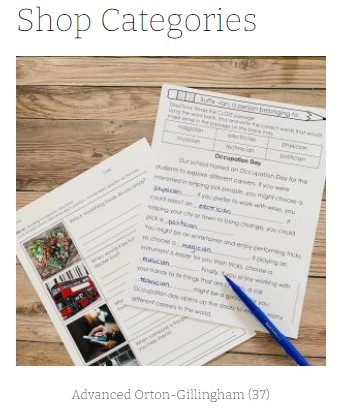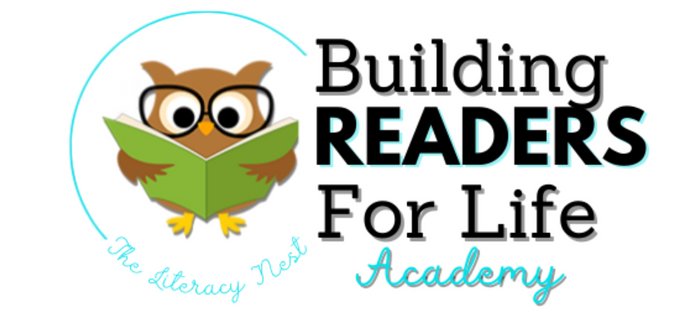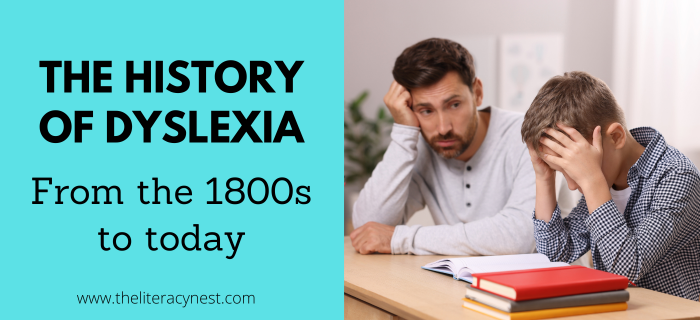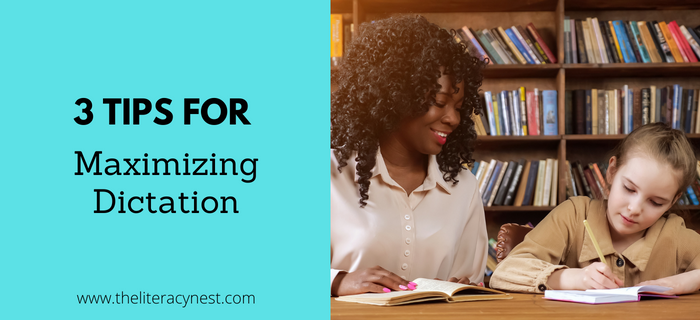Tips For Error Correction in Your Orton-Gillingham Lessons

Part of being a successful Orton-Gillingham teacher or tutor means being prescriptive. This means you tailor your Orton-Gillingham lessons and plans to meet the specific needs of your struggling readers.
Just as important as being prescriptive is being diagnostic. This means that based on a student’s performance within a particular task, you are able to make informed decisions about the kind of practice they need going forward for subsequent lessons. You can be diagnostic at any point in the lesson, whether it’s the three-part drill, a review game, S.O.S. dictation, or oral reading.
Read more about the importance of corrective feedback, here.
Learn more about what it means that Orton-Gillingham Lessons are Diagnostic and Prescriptive:
- Read: How is Orton-Gillingham Diagnostic and Prescriptive?
- Watch: What does it mean to be diagnostic and prescriptive?
Today, I am discussing how to help a student with error correction. Feedback is given immediately to students whenever you are implementing the Orton-Gillingham approach. Ultimately, we want students to be able to pick up on their own errors and correct them. They need to be able to articulate why they are making a change in order to correct an error.
Helping them get to this level of critique takes time. They will need your scaffolding, and you will need a collection of thought-provoking, diagnostic questions. The questions aren’t posed to try and trick them into finding their errors. They are merely there to guide their decision-making.
Above all else, responsibility is placed on the student as often as possible. Do you find yourself talking an awful lot to your students and spending too much time explaining? Please stop! You are giving them the work to do with your guidance. It isn’t always easy and you let them know that you understand that.
I’m going to break the types of error corrections into sections, so you can either read them all or skim to the section you really need for your student right away.
Questions for Consideration Before Assessing Errors in Your Orton-Gillingham Lessons:
- What do you think is the root cause of the error?
- Is the error directly related to their reading difficulties or is there an outside factor affecting performance? (ie. attention, fatigue, anxiety, low self-esteem, hunger, vision, or hearing)
- Is the error possibly related to your lesson pacing? Could you have spent more time on a prior lesson, or reviewed more? Which progression for Orton-Gillingham lessons are you following?
- Is there a deeper phonological awareness deficit, word retrieval, or working memory issue?
- Is it a fluency issue? If so, look at their miscues and other reading behaviors carefully
NOTE: Be sure to read, WHAT DOES AN ORTON-GILLINGHAM LESSON LOOK LIKE? if you are unfamiliar with certain portions of Orton-Gillingham lessons listed below.
Check the Orton-Gillingham category in my store if you are looking for Orton-Gillingham materials.
Error Corrections During Phonogram Drills
Sometimes a child will struggle to remember the name of the phonogram, the sound it makes, or the key word. If they make an error, take the card out of the deck and lay it on the table. Go back to it and break the task of drilling down with one question at a time instead of them saying the name, sound, and key word all at once.
ASK: What is the name of this phonogram? What is its key word? What sound do you hear?
Sometimes drill cards with pictures of the key words are enough to spark working memory, but you do want to strategically move away from picture prompts as soon as they become more automatic.
Once you have broken the task down, it’s fine to add in a sand tray or gel board to have them trace as they drill each card. Breaking it down is lengthier, so you may be drilling fewer cards. But as your students progress, they won’t need to go as slowly and the drill will move more quickly. For more phonogram card ideas for greater utility and automaticity, read 12 Fresh Ideas For Phonogram Card Drills.
Error Corrections During Review or Games
I actually find the review portion or game time to be one of the most ideal times to see whether your students are heading towards mastery with a particular skill or spelling pattern or need more systematic practice. Keep in mind that any review portion contains material that is very familiar to a student. There is no new material and no curve balls. They are actively practicing either reading, writing or both with words, spelling patterns, learned words, or syllabication they have had prior practice with before.
Here are some tips if you see your student heading down the path of errors or in need of support with error correction.
- Name the letters: Students touch and say each letter OUT LOUD.
- Trace the letters: Also known as penciling, have them use a pencil or stylus and trace right over each letter and spell it out loud. If the word is in a book, write the word on a dry-erase board.
- Build the word with letter tiles or magnetic letters before writing it.
Error Corrections During “What Says?”
I want to stress that this portion is not about setting up an opportunity to catch a student in an error or any kind of a gotcha moment. They’ve seen and heard that enough in the regular classroom setting.
When an error is made, use it as a time to make note of it, and plan accordingly for next time. If a student does get stuck when you ask something in “What Says”, try reminding them of the key word. If you have to continuously offer a prompt, this is your cue to take a step back. Over-cueing or over-prompting isn’t helpful when a student goes to the place I lovingly call, “beyond the beyond.” They’re grasping at straws, you are trying to cue them to the point of frustration. NO learning is happening in a situation like this. Just jot down what the student struggled with for that lesson and hit them up in a review or reteach the lesson next time.
One last tip for “What Says.” Try to catch the error with the student before it goes on paper.
Error Corrections During S.O.S.
This is where I have some suggested questions which may help to gently probe or prompt a student to help them cross the bridge to recognizing their own errors. Questions should be diagnostic.
- What vowel do you see? What does it say?
- Why did you use (fill in the blank)?
- Tell about why you have a (fill in the blank) in your word.
- As you spell the word out loud, touch and say each letter.
Orton-Gillingham Activities: FREE SOS Spelling Game Multisensory Strategies
If your student is at the point where they know the error they made, and they found it, try having them erase the word and rewrite the whole word again, not just haphazardly squeeze in missing letters or swap incorrect letters out. This will help them with muscle memory for writing the entire word correctly.
Error Corrections During Dictation
This is your time to sit back and WATCH. Give your students the sentence. Be mindful of sentence length for some kids. They need to go through the process of writing the sentence on their own and editing it themselves with a checklist like C.O.P.S. Give the responsibility to them.
Check out this video for more: Tips for Dictation.
Error Corrections During Oral Reading
- For decodable text, try having students pre-read the first sentence or paragraph to try and tell you what kinds of words they might find in the story. Can they highlight one example?
- When they make a reading error: Tell me about the… I’m confused about that part.
- Try that again. Does that make sense?
- If a student is stuck on a particular word, try the tracing method mentioned earlier. What vowel do you see there? For older students, you can ask: How many syllables? How do you know where to divide that word?
Read about checking for mastery in an Orton-Gillingham lesson here.
Do you have any other tips for helping students with error correction in your Orton-Gillingham lessons? I’d love to hear about it!

Are you looking for professional development that will help you become a more effective structured literacy educator? The Literacy Nest has a membership for that…
Building Readers for Life Academy is a monthly membership program that empowers educators AND families by diving into structured literacy and strategies for ALL learners. With BRFL Academy, you’ll learn what it takes to help EVERY student become a reader for life.






